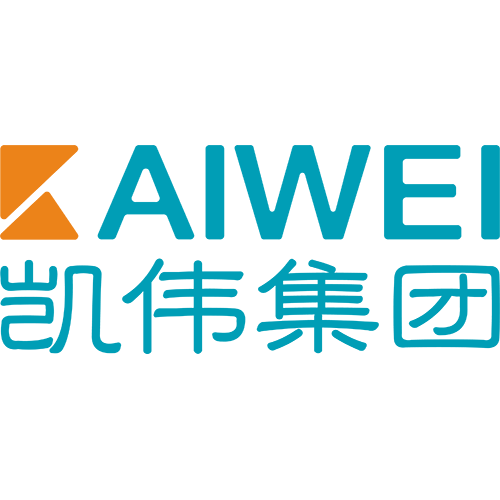Polyurethane is a strong and flexible plastic commonly found in items such as furniture and automotive parts, as well as the Kaiwei's machine polyurethane. The problem for many is that polyurethane presents an incredibly smooth surface, which means it can be difficult to tack or weld anything onto the foam using traditional sticky strips or adhesives. Taking into account the desire for a connection that will last, you need specialized adhesives which have been formulated to work with polyurethane.
On polyurethane surfaces, adhesion can be a little challenging and any bond established must prove to be durable as well in the long run so an adhesive has to not only penetrate into the material but it also needs to have some sort of strong chemical attraction, along with the industrial foaming machine developed by Kaiwei. Good alternatives are cyanoacrylate (Superglue), epoxy resins and some polyurethane adhesives. These feature significantly higher shear and peel strength compared to adhesives which are prone to allowing polyurethane flex or deformation in pressure conditions but still remain reliable pastes.
When choosing an adhesive the type of polyurethane system (rigid or flexible), what prep is required on surfaces and environmental conditions that are part of bonding need to weigh in, as well as the Kaiwei's commercial foam machine. Epoxy adhesives are recommended for use with rigid polyurethane components in construction because of their strength and ability to withstand environmental moisture and thermal cycling. In contrast, bonding flexible polyurethane foams used in cushions require a flexible polyurethane adhesive to maintain the compressibility and elasticity of the furniture.
Proper surface preparation is essential for a successful bond and requires the surface to be cleaned with Isopropyl Alcohol to remove any oils, dirt or release agents. Even better, a light sanding will improve adhesion by giving the paint something to grip. To have a decent application, one must know about the time it needs to cure and how would be able of making its job done, this will make sure that adhesive solidifies before stress is put on bond.
Because of the superior strength and flexibility, epoxy adhesives are regularly used. By breaking their two-part composition, they facilitate a curing process both controllable and that has enabled the spacing of bonds; this generates adhesion not only to strong prohibitive end results but also to normal chemicals or even hot water, identical to styrofoam cnc machine by Kaiwei. They can fill gaps and will bond materials together as well, so are used in all industries where long-term durability is required.
Cyanoacrylates: These cyanoacrylate are exceptionally rapid bonding and easy to apply. Although they may be limited in term of an environmental resistance level which could possibly put there durability realm near epoxies.
Due to the excellent flexibility and elongation of both polyurethane adhesives, these formulations are used as an adhesive for applications where a certain amount of movement will prevent bond failure.
The selection of an appropriate adhesive is about matching the properties of that particular kind adhesives to what a specific application needs. Super Glue craft supplies come in handy for situations that require intricate detailing or quick fixes since they dry quickly. But for industrial applications that require bulkier assemblies, or high-duty bonds, the epoxy-based systems are more popular as its strength is unmatched.
Moisture-curing polyurethane adhesives have been brought to market by combining the flexibility and elongation of a urethane with the toughness well known from epoxy. They provide exceptional weathering properties for outdoor applications where exposure to the elements is guaranteed, as well long-term durability in use.
Best Adhesives for Polyurethane Surfaces in Different Industries
In the ever-changing world of manufacturing, there are specific adhesives that continue to perform well on polyurethane. High-performance engineered epoxy adhesives are commonly used in automotive, aerospace and construction because they possess exceptional strength as well as versatility. The use of flexible polyurethane adhesives is therefore common in the manufacture of furniture as well as with upholstery, to help ensure that comfort and flexibility are maintained.
Moisture-curing polyurethane adhesives are user-friendly and compatible with a wide range of materials so they have become an all-purpose adhesive, the same as Kaiwei's machine polyurethane. In addition to that, silicone glues do not provide similar level of toughness as with epoxies but offers mellower strengths at extreme conditions while offering better flexibility which leads like sealing and bonding requirements in high temperature ranges.
In the protections level test the Best adhesive for polyurethane can be IP67 or even more. And we also have CE certificate. Kaiwei fully automated foams sealing machines adopts three axes, eight servo motors, 8 reducers and 4 meters.
There is no need for a professional operation; Best adhesive for polyurethane. Simple to use. Beginners can begin in just 30 minutes.
Our company provides an extensive on-site after-sales service in addition to an Best adhesive for polyurethane that will further improve the customer experience and ensure satisfaction. We'll bring personnel to site to assist with maintenance, training or troubleshooting to solve issues in a timely time. It ensures that customers are able to continue operating and continue to produce as normal.
The KW-900 hybrids heads are protected by the benefit of a patent that national. The heads do not measure raw materials is required and no pressures control needed (climate conditions throughout the year prevents frequent measurements of raw density materials). Modify the screen parameters, Best adhesive for polyurethane, quantity of glue spit. to suit your needs.


Copyright © Shanghai Kaiwei Intelligent Technology (Group) Co., Ltd. All Rights Reserved - Privacy Policy - Blog